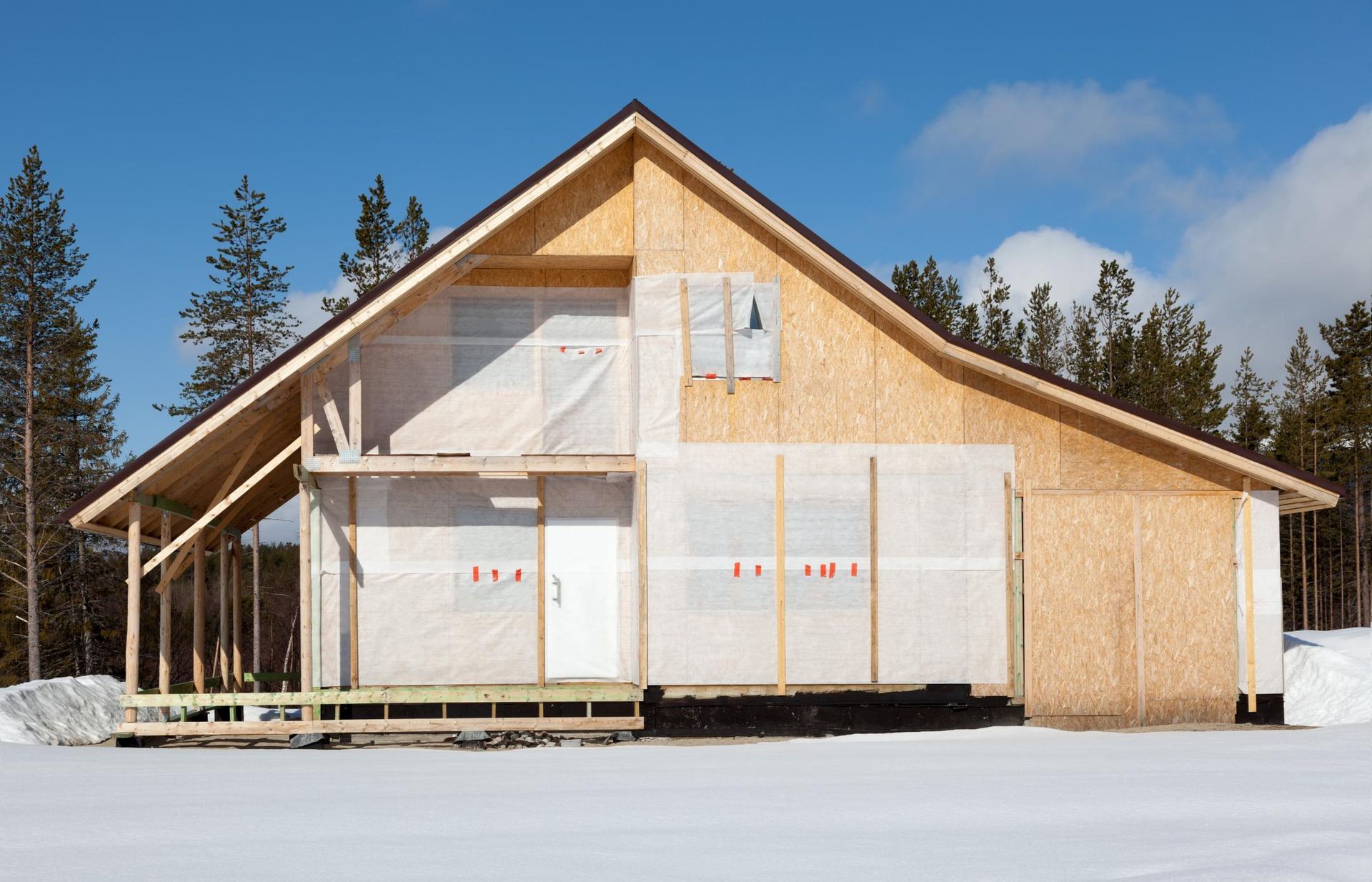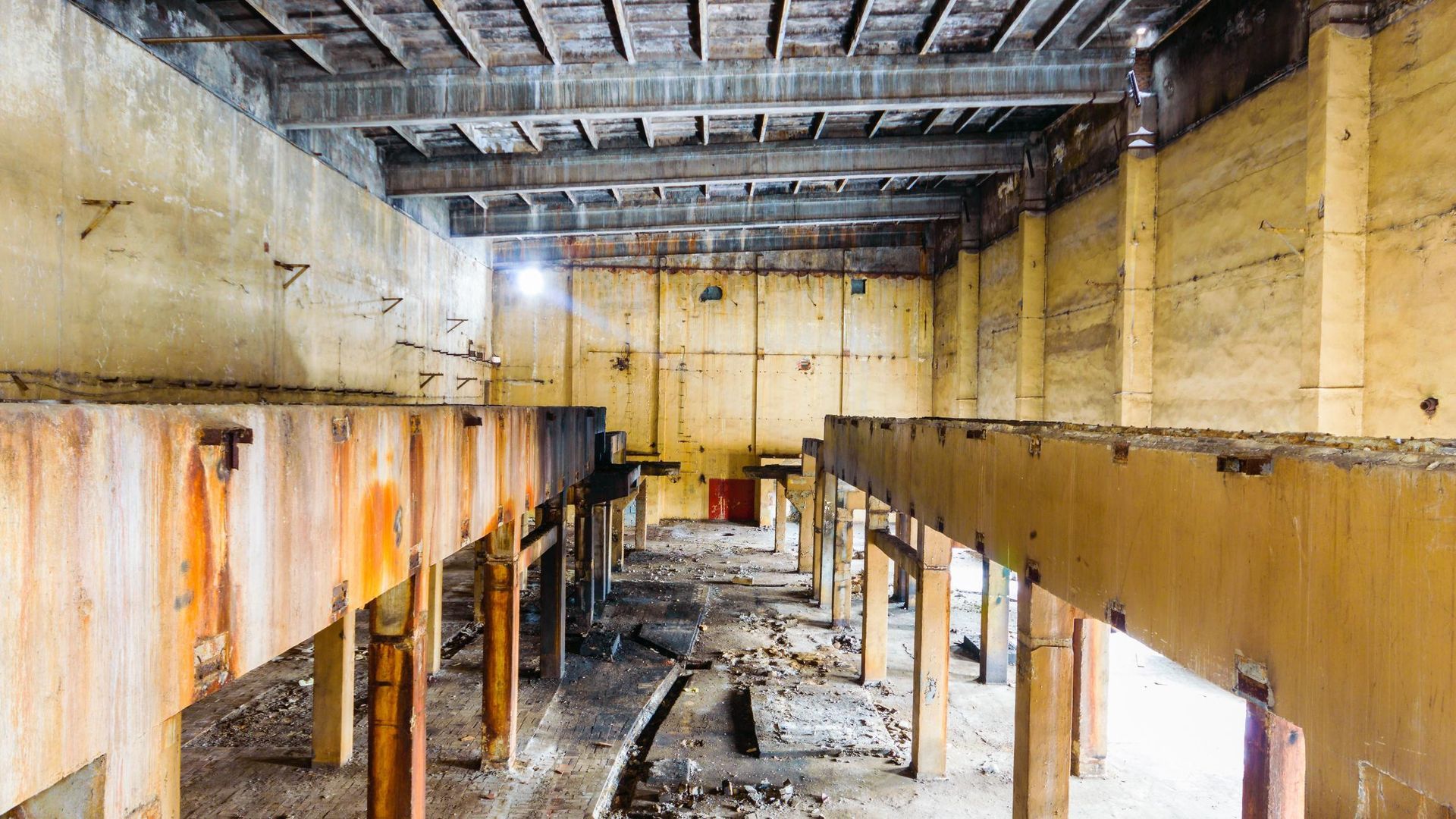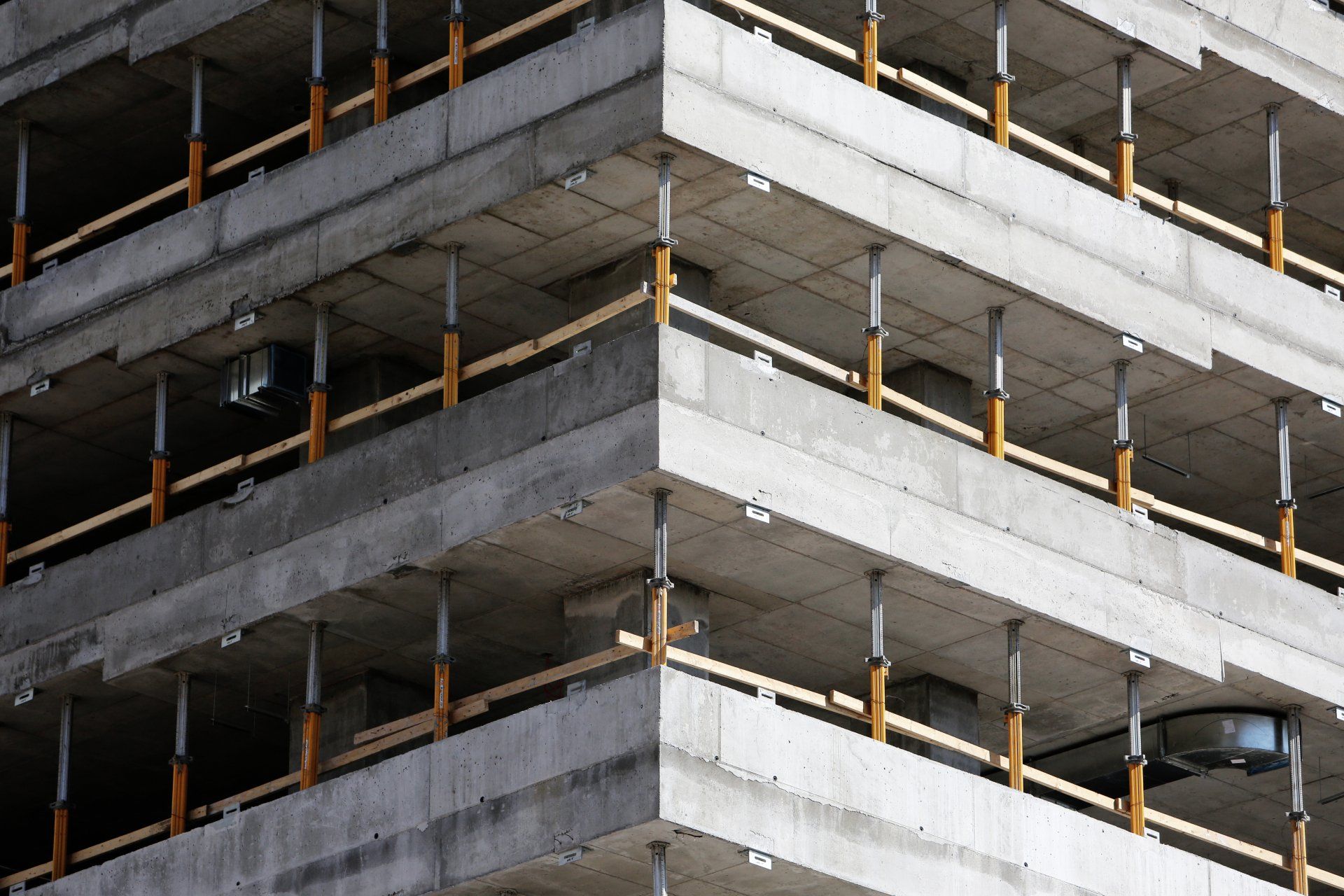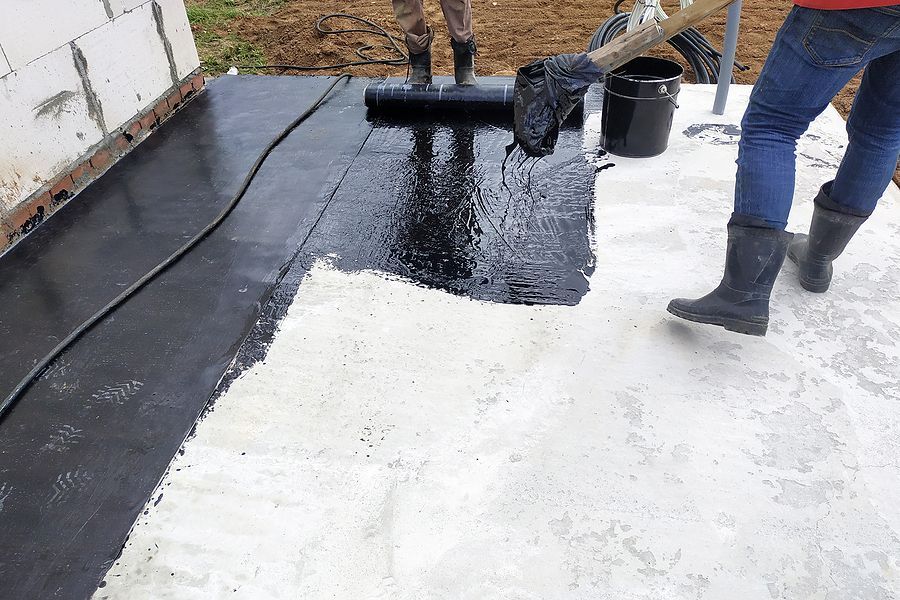Understanding Pier and Beam Foundations: A Comprehensive Guide
Unlock the Durability and Cost-Effectiveness of Pier and Beam Foundation Repair Solutions in Texas and Houston
Pier and beam foundations, also known as post and beam, offer a traditional and reliable support system for homes, particularly in Texas. This type of foundation involves using piers (usually made of concrete or steel) to support beams that, in turn, hold up the structure's floor. This setup provides several advantages, including ease of access for repairs and resistance to soil shift. However, like all foundations, pier and beam systems require maintenance and sometimes repair. This article explores the intricacies of maintaining and fixing a pier and beam foundation.
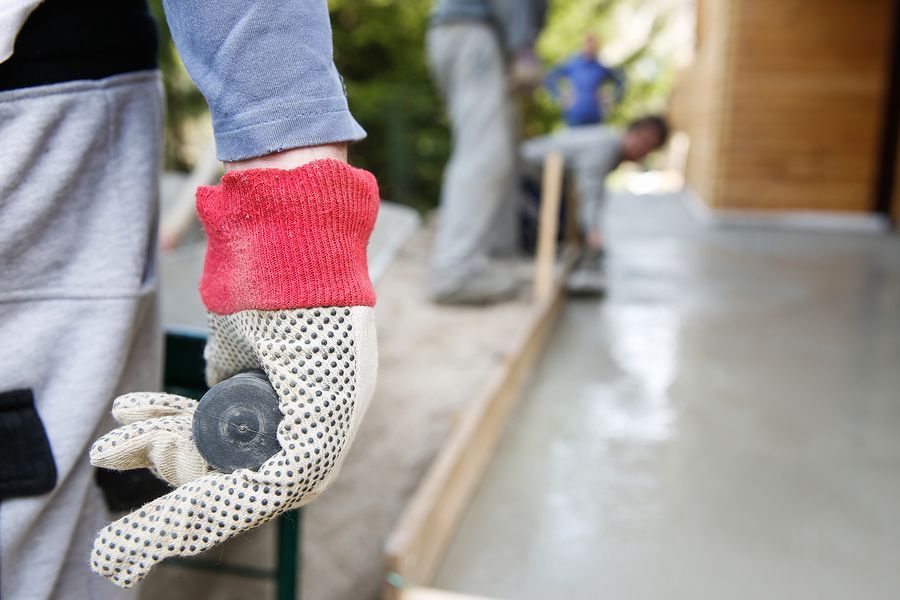
What is a Pier and Beam Foundation?
A pier and beam foundation utilizes vertical piers, typically constructed from concrete or steel, to support horizontal beams. These beams are then used to support the home’s structure above. This type of foundation is elevated, creating a crawl space beneath the house, ranging from a few inches to several feet in height, which allows for easy access to plumbing and electrical systems.
Benefits of Pier and Beam Foundations
Pier and beam foundations offer several advantages over slab foundations:
Improved Ventilation:
The crawl space allows air circulation beneath the home, reducing the risk of moisture accumulation and mold growth.
Accessibility for Repairs:
Plumbing and electrical systems are more accessible, making repairs less invasive and potentially less costly.
Flexibility:
They are particularly suitable for areas with expansive clay soils, common in regions like Texas, where ground movement is frequent.
Common Issues and Repair Solutions
Despite their benefits, pier and beam foundations can experience problems that require pier and beam foundation repair. Common issues include:
Wood Rot or Pest Damage:
The wooden components of the beams can decay or become damaged by pests.
Shifting Piers:
Soil movement can cause piers to shift, leading to uneven floors.
Moisture Issues:
Excessive moisture can lead to mold growth and wood rot in the crawl space.
Repairing Pier and Beam Foundations
Fixing pier and beam foundation involves several steps, which can vary based on the specific issue:
Leveling and Stabilization:
This may involve adjusting or replacing the existing piers and beams to ensure the foundation is level.
Replacing Damaged Wood:
Any decayed or pest-infested wood must be replaced to maintain the integrity of the foundation.
Moisture Control:
Installing proper drainage and vapor barriers can help manage moisture levels in the crawl space.
Cost Considerations
The cost to fix pier and beam foundation can vary widely. Factors influencing the cost include the extent of the damage, the materials used (e.g., concrete pier and beam foundation vs. steel pier and beam foundation), and the location of the property. Generally, pier and beam foundation repair cost in Texas and especially in metropolitan areas like Houston can be influenced by local rates for labor and materials.
Finding Pier and Beam Repair Services
For homeowners seeking pier and beam foundation repair near me, it's crucial to choose a service provider with specific expertise in pier and beam systems. In Texas, several reputable contractors specialize in this type of foundation. Ensure the contractor has a good track record and can offer a detailed repair plan with a transparent pricing structure.
Conclusion
Pier and beam foundations offer a durable and accessible option for many homeowners, particularly in Texas, where soil conditions can vary dramatically. Understanding the foundation's structure, common issues, and repair strategies can help homeowners maintain their home’s foundation effectively. Whether it’s a Texas pier and beam foundation or elsewhere, regular inspections and timely repairs are key to a long-lasting foundation.




